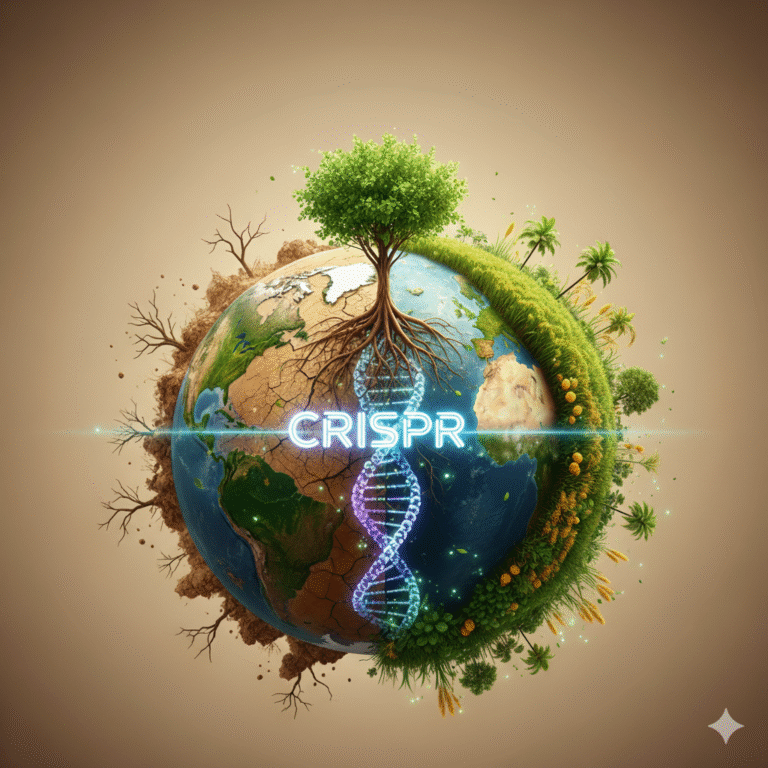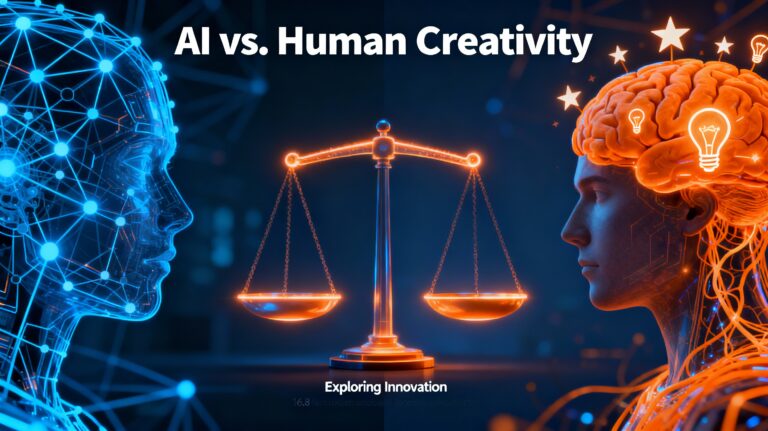In the last decade, the world has witnessed an unprecedented surge in the demand for efficient and sustainable energy storage. From smartphones to electric vehicles and renewable energy systems, batteries are the backbone of the modern digital and energy age. While lithium-ion batteries have long dominated the market, recent breakthroughs in sodium-ion battery technology are positioning them as a strong alternative. This article dives deep into the science, advantages, and future prospects of sodium-ion batteries, and explains why they might outshine lithium-ion batteries in the near future.
Understanding Battery Basics
Before comparing sodium-ion and lithium-ion batteries, it’s essential to understand how rechargeable batteries work. A typical battery consists of three key components: the anode, the cathode, and the electrolyte. During charging and discharging, ions move between the anode and cathode through the electrolyte, generating an electric current.
Lithium-ion batteries utilize lithium as the charge carrier, while sodium-ion batteries use sodium. Though both are alkali metals, their differences in abundance, cost, and performance characteristics make this comparison meaningful and timely.
Lithium-Ion Batteries: The Current Standard
Lithium-ion batteries are popular due to their high energy density, lightweight design, and long cycle life. They’ve revolutionized portable electronics and are central to electric vehicle (EV) development. However, they come with several drawbacks:
- Cost: Lithium is a scarce and expensive resource.
- Environmental impact: Mining for lithium, cobalt, and nickel damages ecosystems and consumes vast water resources.
- Safety concerns: Lithium-ion batteries are prone to overheating, which can lead to fires or explosions.
The Rise of Sodium-Ion Batteries
Sodium-ion batteries (Na-ion) operate on similar principles as lithium-ion batteries but use sodium, a far more abundant and affordable element. The recent focus on sodium-ion technology stems from:
- Plentiful supply: Sodium is widely available and not geographically restricted like lithium.
- Lower costs: Extraction and processing are cheaper, offering a cost-effective alternative.
- Eco-friendliness: Sodium mining has a significantly lower environmental footprint.
- Improved safety: Sodium-ion batteries are less prone to overheating and thermal runaway.
Scientific Advances Driving Sodium-Ion Technology
Until recently, sodium-ion batteries lagged in terms of energy density and lifespan. However, major research breakthroughs have begun to close the gap:
- Advanced cathode materials: Development of sodium-layered oxide and Prussian blue analogues has boosted performance.
- Solid electrolytes: Solid-state electrolytes have improved safety and longevity.
- Nanostructuring: Innovations in anode and cathode architecture enhance ion mobility and charge rates.
Companies like CATL, Faradion, and Natron Energy are already showcasing commercial-grade sodium-ion batteries with competitive performance.
Advantages of Sodium-Ion Batteries Over Lithium-Ion
| Feature | Sodium-Ion Battery | Lithium-Ion Battery |
| Raw Material Availability | Abundant | Scarce |
| Cost | Lower | Higher |
| Environmental Impact | Lower | Higher |
| Energy Density | Improving | High |
| Thermal Stability | High | Moderate |
| Safety | High | Moderate to Low |
| Recyclability | Easier | Challenging |
Applications and Market Potential
Though sodium-ion batteries currently have a lower energy density, they are already suitable for several high-volume, low-cost applications:
- Grid energy storage: Ideal for storing solar and wind energy due to safety and longevity.
- E-bikes and scooters: Provide an economical power solution.
- Backup power systems: Lower risk of fire and lower cost make them attractive for homes and industries.
- Developing markets: Affordable energy storage for areas with limited access to lithium supply.
Challenges and Future Prospects
Despite promising advantages, sodium-ion technology faces certain hurdles:
- Lower energy density: Still a disadvantage for mobile electronics and EVs.
- Limited manufacturing infrastructure: Needs scaling up.
- Standardization: Requires global standards and testing protocols.
Ongoing research, investment, and government interest are accelerating sodium-ion development. As energy needs grow and lithium becomes more expensive and geopolitically sensitive, sodium-ion batteries may emerge as the sustainable solution.
India’s Role in Sodium-Ion Battery Development
India, being one of the largest energy consumers, stands to benefit immensely from sodium-ion technology:
- Resource availability: India has abundant sodium sources like seawater and salt mines.
- Energy storage for renewables: Sodium-ion batteries can help India meet its ambitious solar and wind energy targets.
- Local manufacturing: Reducing dependence on lithium imports aligns with the Make in India and Atmanirbhar Bharat initiatives.
- Job creation and economic impact: The sodium-ion battery ecosystem can spur new industries and employment.
Research institutes such as the Indian Institute of Science (IISc) and IITs are already exploring this technology, and startups are beginning to enter the sodium battery space.
Conclusion: A Greener and Safer Energy Future
Sodium-ion batteries are not just an alternative; they represent a necessary evolution in energy storage. As the world looks toward decarbonization, electrification, and sustainable living, sodium-ion batteries provide a pathway that is safer, greener, and more inclusive. With continued research, international collaboration, and policy support, sodium-ion technology could become the new backbone of the global energy economy.









+ There are no comments
Add yours